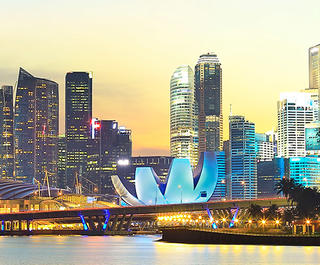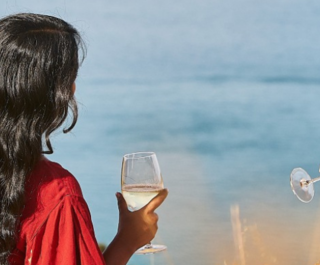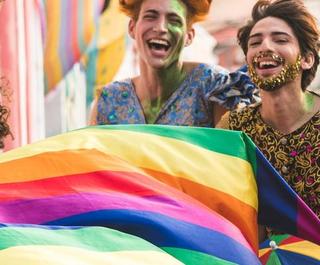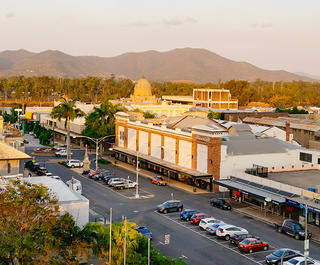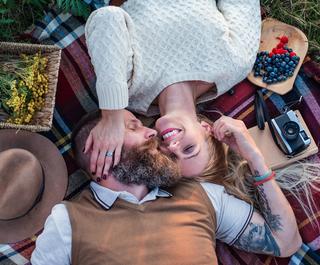
With the final thawing of the last bastion of the Cold War after 54 years of frosty relations, due to the resumption of diplomatic ties between the United States and Cuba overnight, there’s never been a better time to go to Cuba.
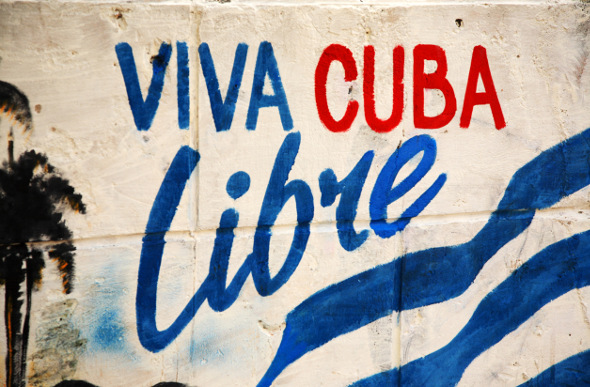 Free Cuba! - sign of the times.
Free Cuba! - sign of the times.
The Cuban flag is hoisted at the newly opened embassy in Washington D.C. and the US flag is set to be raised at the American Embassy in Havana on August 14, 2015, heralding a new era of travel to what was once a playground of the US rich and famous from the Prohibition days to the 1950s.
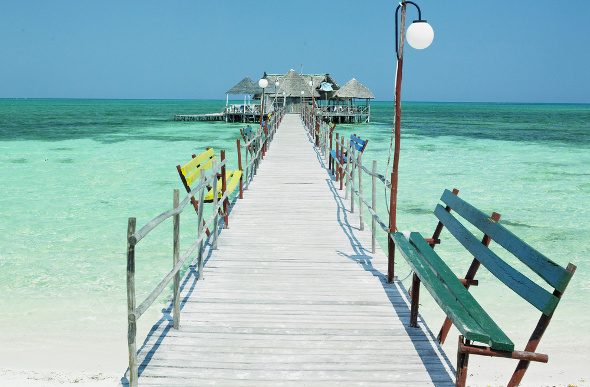 Cuba has an abundance of Caribbean island scenes.
Cuba has an abundance of Caribbean island scenes.
At the moment, there are still restrictions on US citizens wishing to travel to Cuba for tourism (Americans currently need to be eligible for one of the 12 licenses available from the US Treasury Department), however Australian passport holders can enter the country on a visa.
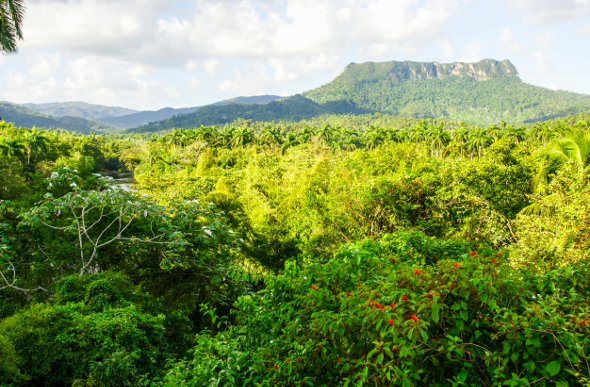 The flat-topped El Yunque mountain in Cuba.
The flat-topped El Yunque mountain in Cuba.
Charter flights for US visa-holders have begun flying from New York and Miami to Havana, with ferry services between Miami and the Cuban capital slated for October. American Airlines has also announced it’s ready to begin scheduled services between the US and Cuba.
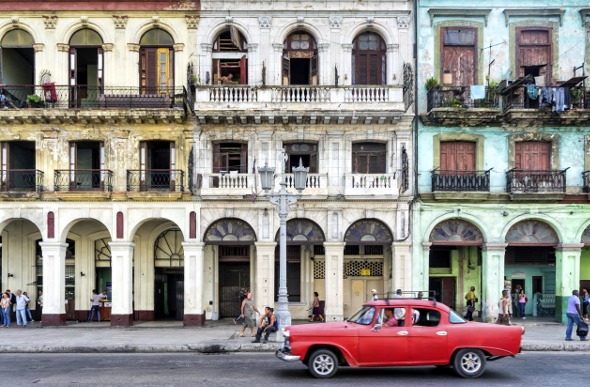 An iconic scene in Old Havana.
An iconic scene in Old Havana.
While it’s not an easy route from Australia to Cuba due to the US travel restrictions, it’s well worth the effort. I visited Cuba 21 years ago on a Spanish language course as part of my university degree. And according to friends who have visited recently, not a lot has changed, which is great news for Australians wishing to visit Cuba before the increase in tourism resulting from the resumed diplomatic relations between the US and the Caribbean island that’s just 166 kilometres from Key West in Florida.
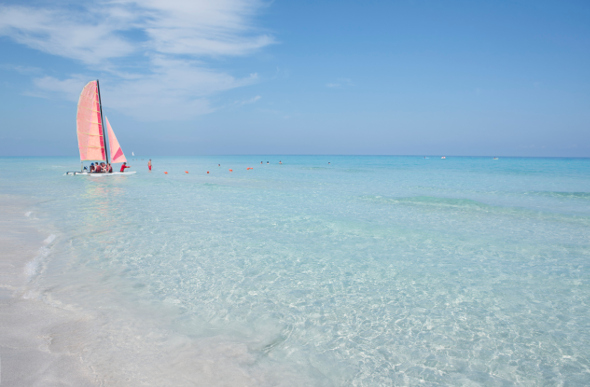 Varadero is one of Cuba's best beaches.
Varadero is one of Cuba's best beaches.
Back then, I flew from Sydney to Los Angeles, onto Cancun in Mexico, and from there to Havana on a Cubana Soviet-built airplane, with a detachable visa in my passport and our luggage piled behind our seats at the back of the rear-entry aircraft. Australians will still need to fly to Mexico and then from Cancun or Mexico City to Havana for the simplest way to enter Cuba.
Change comes to Cuba. Return Trip To Cuba Reveals Hope Amid Change
More Cuba travel experiences. Inspirational Images Of Cuba
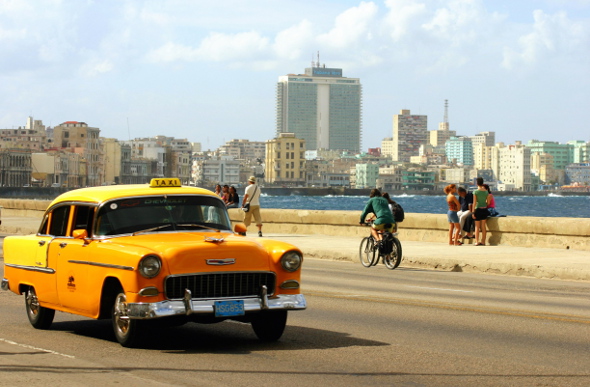 All along the Malecón.
All along the Malecón.
There’s lots of pluses to visiting a country that’s remained pretty much untouched by mass tourism for half a century. Old Havana (La Habana Vieja) is an UNESCO World Heritage site and an Instagrammer’s dream with its old-world patina, grand architecture, and American muscle cars in rusted preservation in the streets. The Malecón is an another iconic spot – a sea wall where the waves crash onto locals and lovers strolling along the promenade.
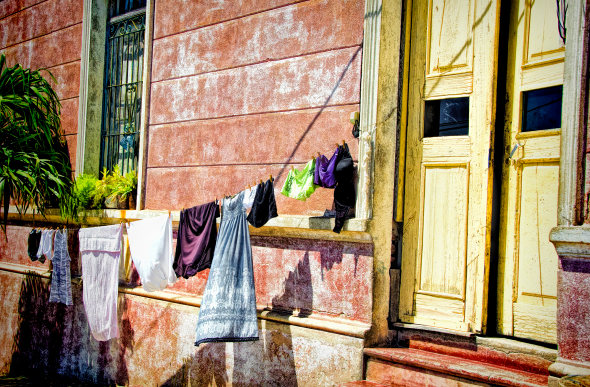 Laundry day in Santiago de Cuba.
Laundry day in Santiago de Cuba.
Cuba Libre may be the national drink (made with Havana Club, of course), but the birthplace of the mojito is La Bodeguito del Medio, a famous Havana watering hole frequented by the likes of Ernest Hemingway and other literary greats, and where travellers have been leaving their mark on the walls for eons. Even before Buena Vista Social Club put cigars and traditional Cuban music on the map, dance, Afro-Cuban jazz and salsa has always been a part of the fabric of daily life here.
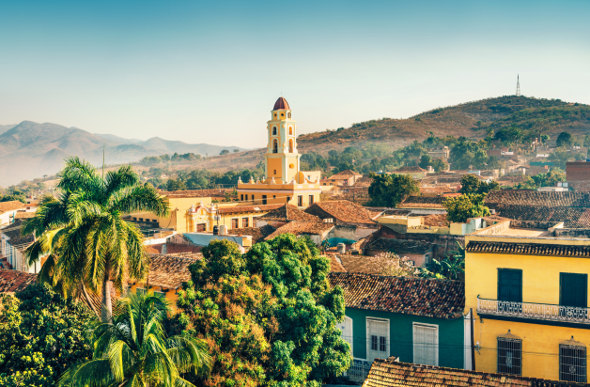 The colonial side of Cuba in Trinidad.
The colonial side of Cuba in Trinidad.
Venture out from the capital and you’ll enjoy spotting the infamous propaganda posters; stunning scenery of rainforests, tobacco fields and mountains; and those pristine beaches. Head to the resort area of Varadero for squeaky-white sands and clear, aquamarine Caribbean Sea. For another UNESCO World Heritage site, Trinidad is a colonial town of crumbling facades, historic sugar plantations and charming cobblestone streets.
Grab your passport, and your camera, to experience Cuba now.
.........................................................................................................................................................
Visit your local Flight Centre store or call 131 600 for more advice and the latest deals on travelling to Cuba.
.........................................................................................................................................................


